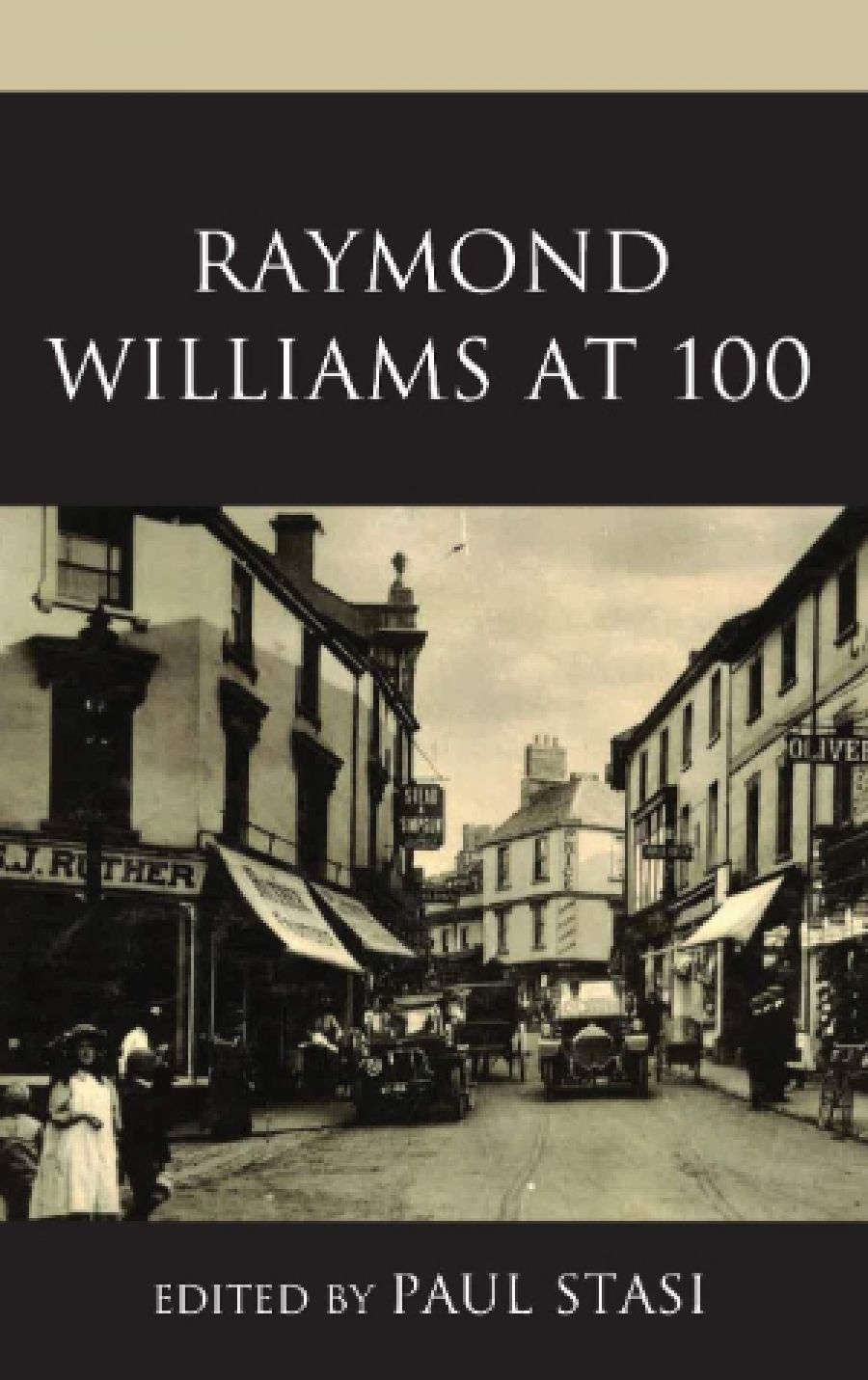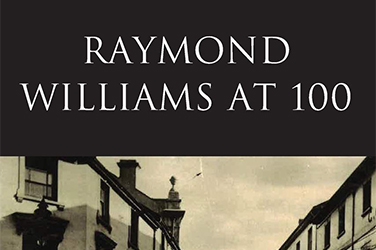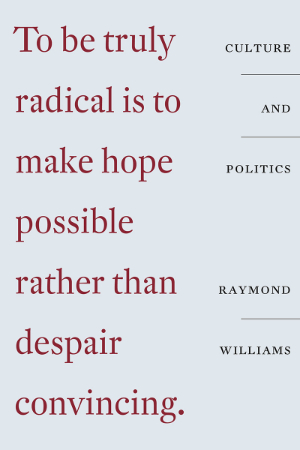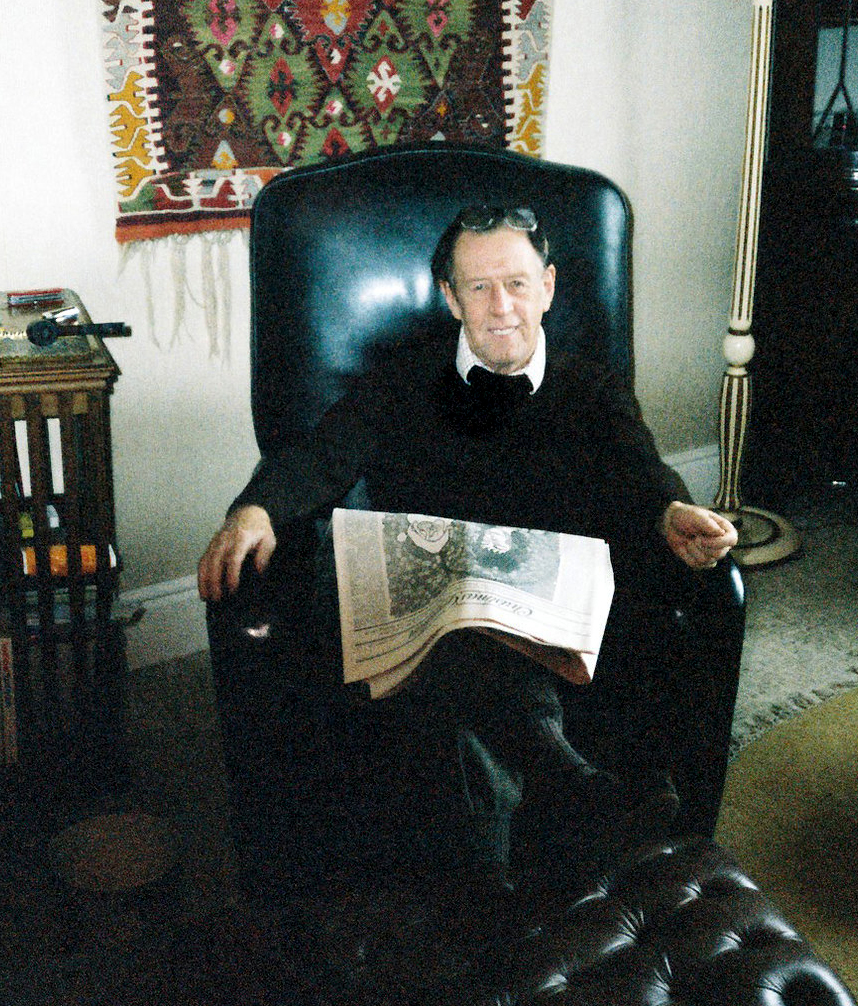
- Free Article: No
- Contents Category: Politics
- Review Article: Yes
- Article Title: Problemshifter
- Article Subtitle: One hundred years of Raymond Williams
- Online Only: No
- Custom Highlight Text:
The 2021 centenary of Raymond Williams’s birth was a moment of acknowledgment but also involved some assessment and testing of his ongoing relevance. Williams seemed to live many lives: son of a railway worker in rural Wales, Communist Party member, wartime tank commander, tutor in the Workers’ Educational Association, novelist, author of key texts within cultural and media studies, professor of drama at Cambridge University, founding figure of the British New Left, television reviewer and commentator, socialist activist and Welsh nationalist, cultural and Marxist theorist.
- Featured Image (400px * 250px):

- Alt Tag (Featured Image): Gary Pearce reviews 'Raymond Williams at 100' edited by Paul Stasi and 'Culture and Politics: Class, writing, socialism' by Raymond Williams
- Book 1 Title: Raymond Williams at 100
- Book 1 Biblio: Rowman & Littlefield, $180 hb, 210 pp
- Book 1 Readings Link: booktopia.kh4ffx.net/WDKNMA
- Book 2 Title: Culture and Politics
- Book 2 Subtitle: Class, writing, socialism
- Book 2 Biblio: Verso, $39.99 pb, 240 pp
- Book 2 Cover Small (400 x 600):

- Book 2 Cover (800 x 1200):

- Book 2 Cover Path (no longer required): images/ABR_Digitising_2022/Jan_Feb_2022/Culture and Politics.jpg
- Book 2 Readings Link: booktopia.kh4ffx.net/EaVyM2
Early reception of Williams’s work, especially by fellow socialists, emphasised his continuities with the culturalist tradition he documented and defined in the book that made his name: Culture and Society (1958). From the 1980s there was greater appreciation for the innovative aspects of his work, albeit with some criticism over his neglect of gender and race. Raymond Williams at 100, edited by Paul Stasi, presents some consideration of Williams’s work by a new generation of scholars. This takes place on the back of a modest renaissance of interest in Williams’s work that has produced a journal, an annual lecture, and a regular conference at the behest of the Raymond Williams Society. The centenary also brings a new collection of Williams’s writing: Culture and Politics: Class, writing, socialism.
A single cloud amid this celebration drifts in from Joseph North’s recent criticism of Williams in his Literary Criticism: A concise political history (2017). North argues that Williams’s cultural materialism facilitated a wider shift away from a politically informed aesthetic criticism to an academic historicism preoccupied with scholarship and knowledge production. While I think Williams would have found interesting questions raised by North’s cultural political intervention, Stasi spends some time batting away North’s critique in his introduction to Raymond Williams at 100. Still, Stasi is undoubtedly correct when he identifies Williams as a potential source of the materialist aesthetic criticism North advocates. The tensions between criticism and historicism are typical of the fixed oppositions Williams questioned.
The strength of the collection issues from its reading of Williams beyond earlier phases of critique and defence. It doesn’t attempt to outline or summarise Williams’s development, and assumes familiarity with his work. It allows a pathway into it by focusing on some key conceptual categories, particularly in the first section. Williams is well known for a historical semantics that weighs ‘keywords’ such as ‘culture’, ‘industry’, ‘democracy’, ‘class’, and ‘art’ against the changes in life and thought they register. The book seeks to apply this approach to Williams himself. Thus, Anna Kornbluh’s evocative opening essay focuses on his use of the word ‘mediation’ and its role in representation and the creation of common meanings for Williams, along with his understanding of culture. One wishes for more on the connection between this and Daniel Hartley’s equally penetrating discussion of ‘distance’ as denoting incorporation, separation, and reified thinking. This presents us with the modes against which ‘mediation’ was presumably pitted.
 Raymond Williams in the 1980s (photograph by Gwydion M. Williams via Flickr)
Raymond Williams in the 1980s (photograph by Gwydion M. Williams via Flickr)
While Williams was an insightful participant in the cultural debates of his time, this book sees the main value of his work in his distinctive methodology. Mathias Nilges wants to remind us ‘not only of what was said but also of how things were formulated’. Williams’s theory of cultural materialism is pertinent here. Thomas A. Laughlin argues that, in the face of various forms of subjectivism and objectivism, Williams enacted a ‘problemshift’ in cultural theory (and Marxism) by bringing cultural activity and production into the realm of materialist criticism. Laughlin is interesting on how Williams was influenced by both the Western Marxist engagement with culture and the materialism of classical Marxism. He treated the received Marxist idea of culture as a superstructural reflection of the economic base as a problem rather than an explanation. Reading Laughlin, we see how North’s construction does not take full account of Williams’s emphasis on the constitutive aspects of culture as part of a whole social process.
It is some thirty-four years since Williams’s untimely death at the age of sixty-six. At different points, the book’s authors attempt to measure Williams’s usefulness for engaging present-day issues. This is evident in two separate essays on ‘utopia’ by Nilges and Mark Allison. As Nilges points out, the relevance of utopia seems unlikely given the pandemic, the climate crisis, and the rise of the authoritarian right. Williams’s thinking about utopia, however, was formulated precisely in such a period of stasis and the ‘crisis of futurity’ that occurred with the Thatcherite emphasis on short-term strategic advantage. It is this sense of blockage that puts utopia on the agenda. This is utopia not as a simplistic projection (think Elon Musk’s colonisation of space) but as a method, involving the historicisation of social and political problems and thinking through to rational and convincing alternatives.
The book’s second part undertakes the riskier but necessary task of applying Williams’s work to new contexts. This sometimes involves a not very satisfactory mere translation of Williams’s terms into new situations. More penetrating are attempts to press and reconfigure such terms in the development of new insights. Hartley takes up the argument against distancing academic modes to argue for linking democracy and cultural literacy, particularly in current debates around decolonising the curriculum. Stasi employs Williams’s outline of the novel as a ‘knowable community’ containing a dialectic between individual lives and the wider social situation to understand the work of Arundhati Roy. Madhu Krishnan looks at the ‘selective tradition’ of African writing offered by the rise of world literature. Daniel Morden’s interesting chapter applies Williams’s materialist understanding of media and communication to ‘platform capitalism’.
In reflecting on Williams’s legacy, we should not neglect to read the work itself. Culture and Politics: Class, writing, socialism is a carefully curated collection of his writing, ably introduced with explanatory footnotes by Phil O’Brien. Despite being something of a collection of lost pieces – transcribed recordings, unpublished or overlooked works – it still manages to be remarkably representative of Williams’s work as a whole. Of particular interest are a chapter on Herbert Read, excised for reasons of space from Culture and Society; an early version of his base and superstructure essay; and an essay on modernism, previously only available in truncated form. There are further essays on working-class literature, popular culture, the sociology of culture, and socialist strategy.
One article that prompts an adjustment in our understanding of Williams is ‘The Future of Marxism’. Writing in the early 1960s, Williams here foreshadows themes usually associated with a later period of his work. As critics noted after the essay’s recent publication in New Left Review, it includes a more explicit internationalism evident in the essay’s concern with world economy and empire. It also includes a critical defence of different Marxist traditions he would again take up later. The essay and collection underline the consistency of Williams’s writing and warn against attempts to quickly pigeonhole him.
The caveat in this defence of Marxism is an emphasis on what Williams would later call ‘operative theory’, i.e. theoretical approaches prioritising engagement with the historical specificities of our current society over the parochialism of academic disciplinarity or replaying the ideological debates of the past. Read together, these works provide a useful entry into the kind of operative theory Williams spent a lifetime developing. In this way, they signal a more productive and developing conversation about Williams’s work and the resources it provides for engaging a world still in need of his insight and activism.


Comments powered by CComment